Best Practices
Explore Insights, Tools, and Answers
Stay informed with the latest in shipping automation and logistics. From expert articles and upcoming events to product videos and helpful FAQs, our resource center is here to support your operations and keep you ahead of the curve.
-
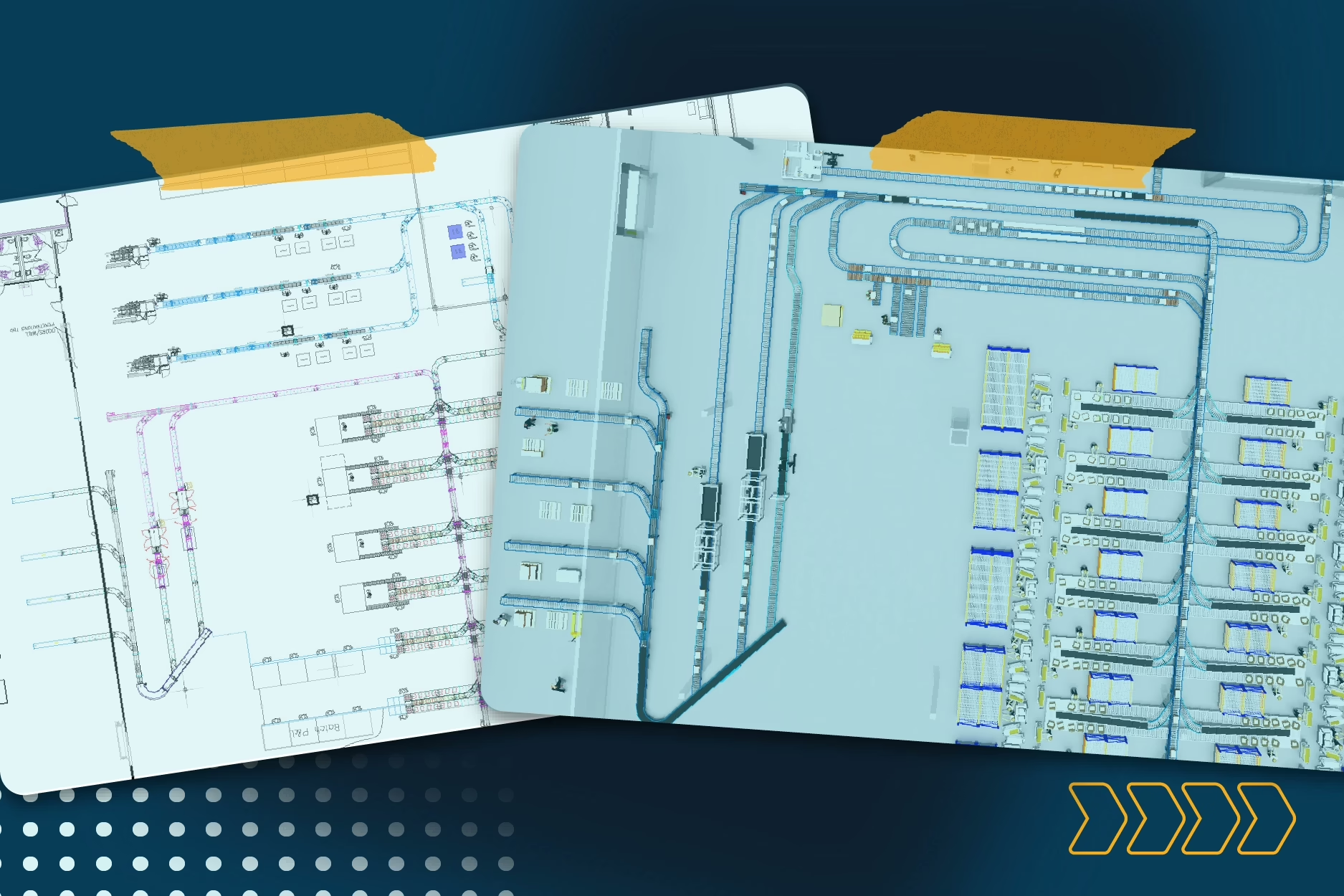 Best Practices
Best PracticesWhy the Best Material Handling Solutions Begin with the Right Questions
-
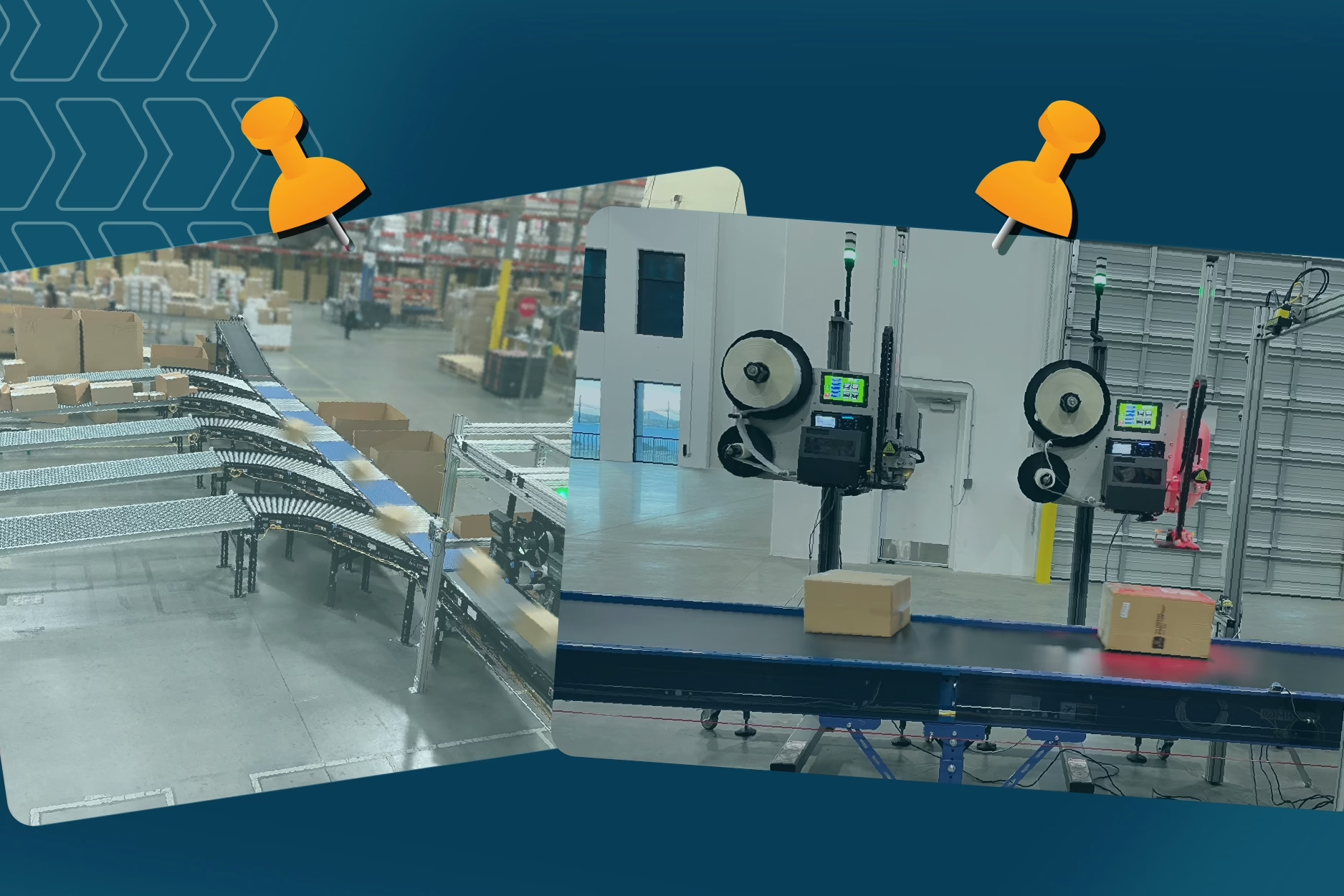 Best Practices
Best PracticesIs Your Warehouse Ready For Fulfillment Automation? Key Indicators To Watch
-
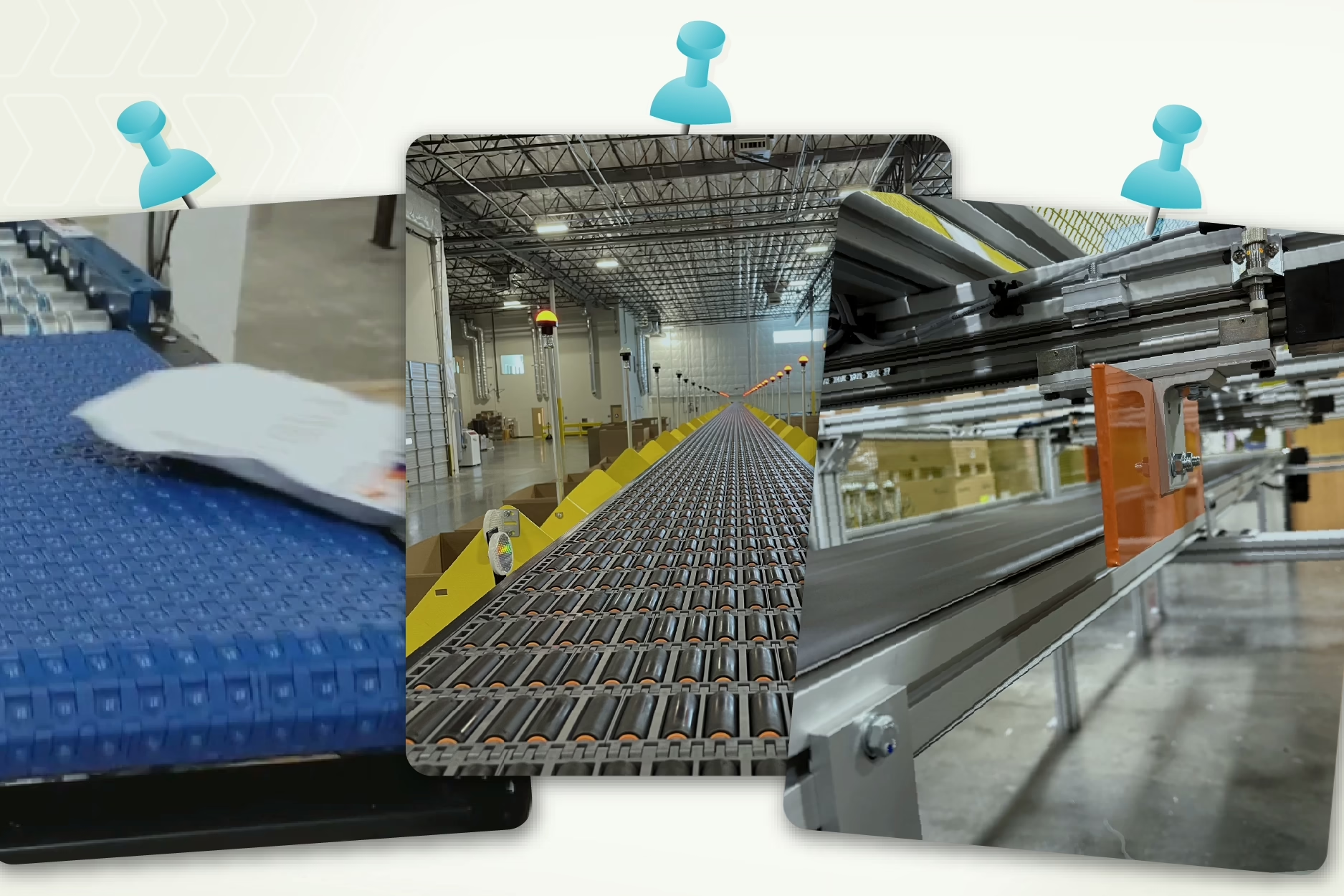 Best Practices
Best PracticesKeys To Developing An Effective Parcel Sortation System
-
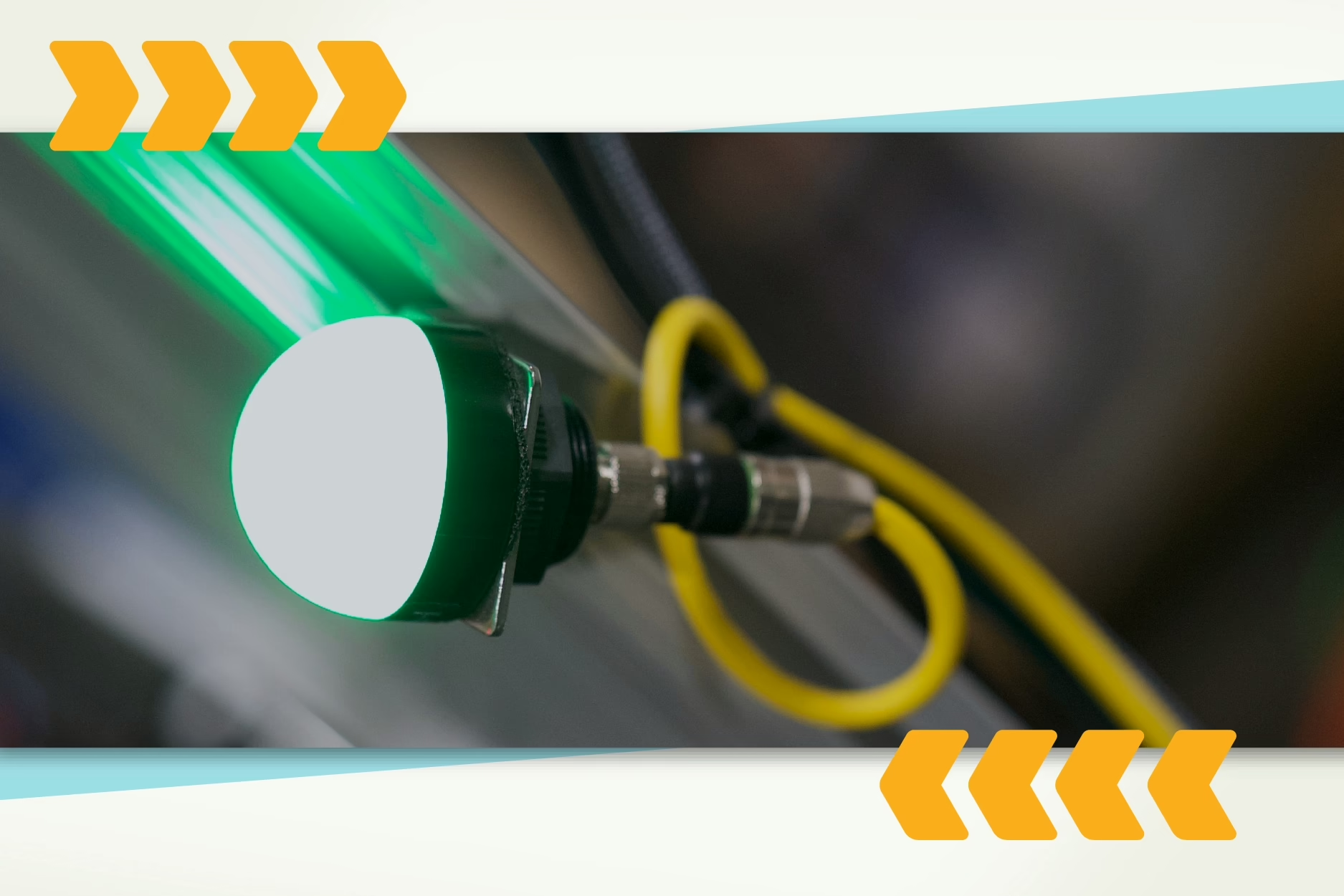 Best Practices
Best PracticesUse Warehouse Automation to Reduce Shipping Errors And Associated Costs
-
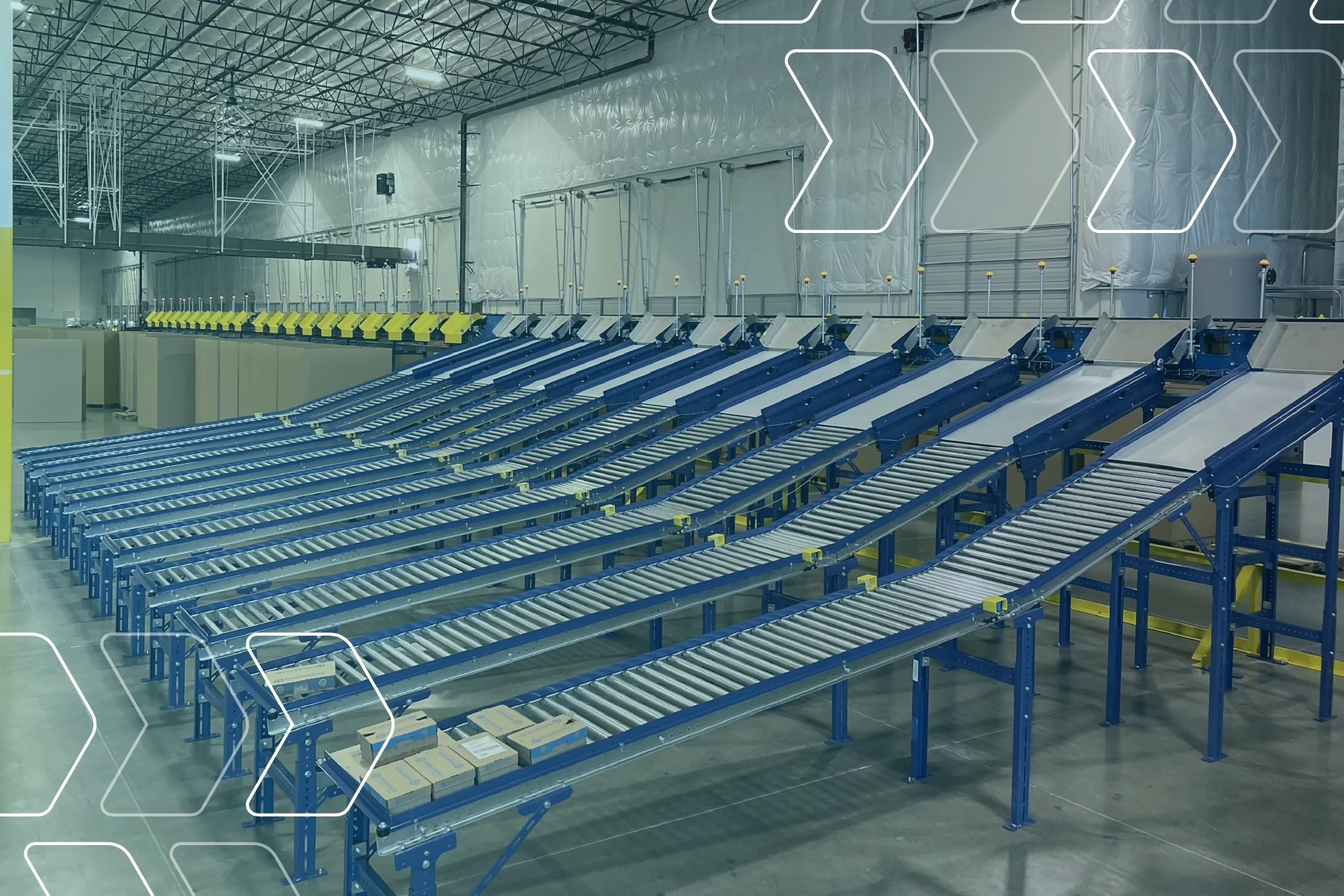 Best Practices
Best PracticesWhat Is A Material Handling Systems Integrator, And Why Should I Use One?
-
 Best Practices
Best PracticesWhy Is Automated Scanning So Important When Designing Fulfillment?
-
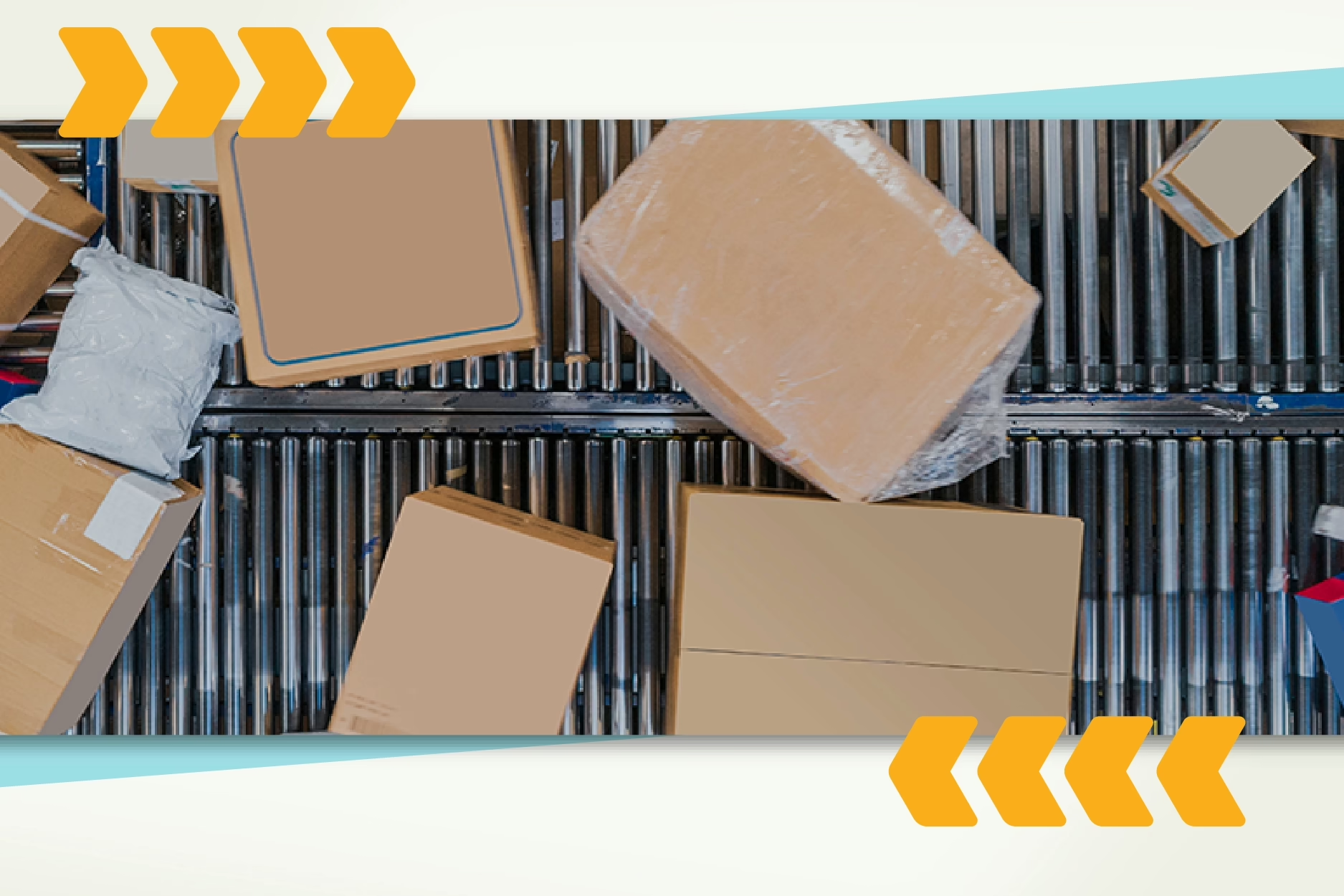 Best Practices
Best PracticesTransition From Manual Sortation to Automated Sortation
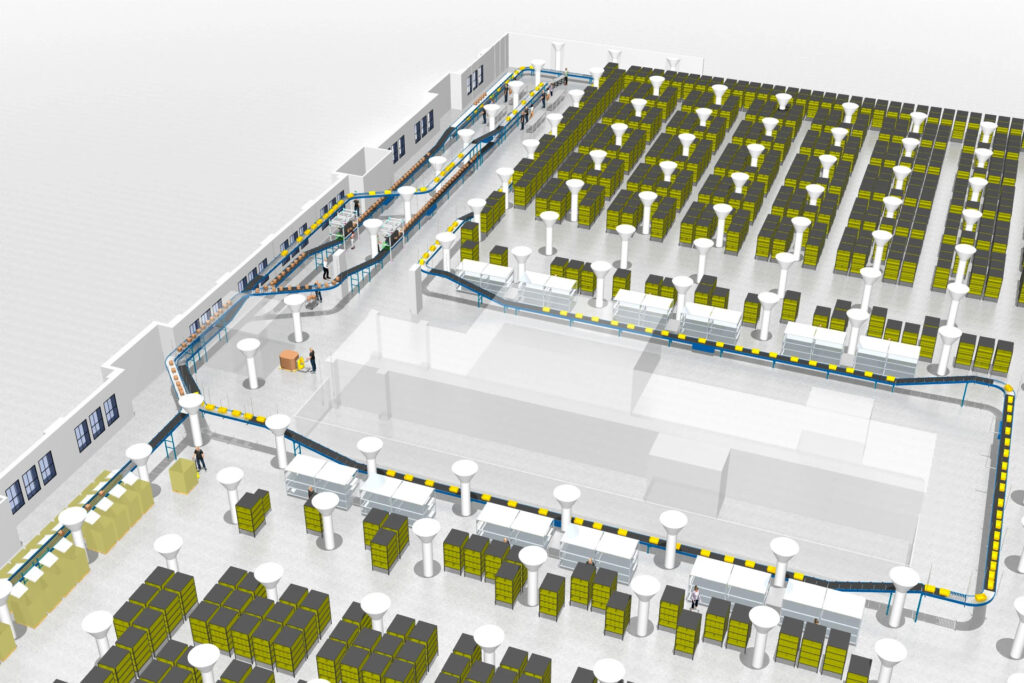
Ready for Automation?
Share your fulfillment challenge with us and we’ll design a custom solution for your business before you sign a contract
"*" indicates required fields